Top 10 Grilling Tips & Tricks
This post may contain affiliate links.
Want to be the master of the grill this summer? These 10 grilling tips and tricks will tell you everything you need to know to make the most delicious meals on the grill! From juicy burgers to perfectly cooked steaks, follow this guide and become a grill master in no time!
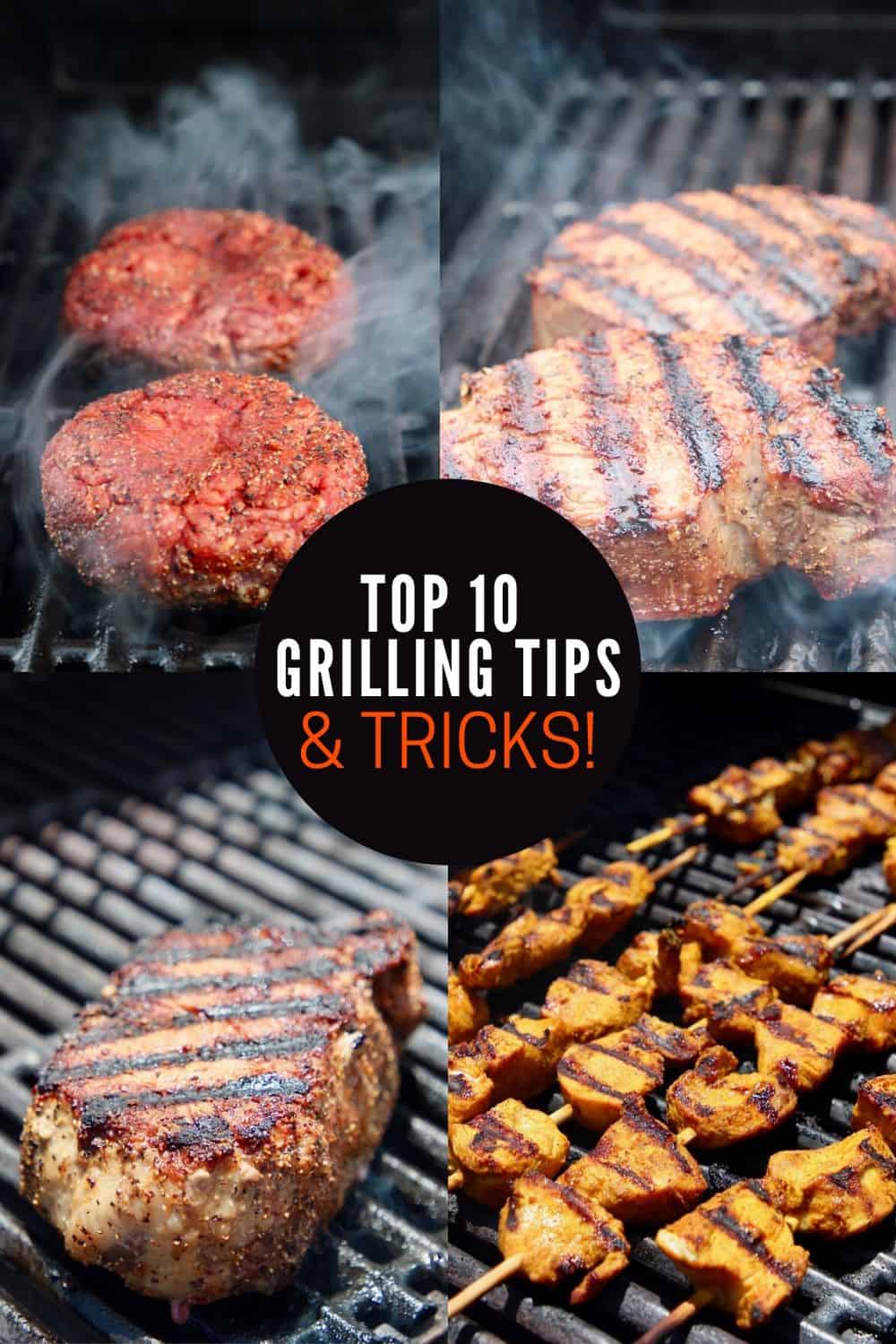
Table of contents
- Grilling 101 video
- Top 10 tips
- 1. Always make sure your grill is hot.
- 2. Start with a clean grill.
- 3. Oil the grill grates.
- 4. Don’t move food around and don’t open the lid on the grill!
- 5. Use an instant-read meat thermometer to check for a safe and desired temperature.
- 6. Always let meat rest after removing it from the grill.
- 7. Always follow these food safety guidelines.
- 8. Use a grill basket.
- 9. Know whether to cook your foods directly or indirectly.
- 10. Add sauce to meat at the end of the grilling process.
- Bonus tips!
- More grilling resources
- Questions and comments
Cooking food over fire dates back to the beginning of time. Which means grilling is basically the original method of cooking. Granted we’ve got a little more sophisticated with how we cook food over fire, the idea is still the same. Meats and vegetables grilled over hot flames give them a wonderful sear on the outside while keeping them juicy and delicious in the center!
You can use this basic grilling guide on a gas grill or charcoal grills. Whether you’re a beginner on the grill or a seasoned pro, these tips, tricks and grill hacks will quickly make you master of the grill! Watch the video below to see all of the grilling tips in action!
Grilling 101 video
Top 10 tips
1. Always make sure your grill is hot.
Adding food to a hot grill will give it a wonderful sear on the outside, while keeping it perfectly juicy in the center. It will prevent food from sticking to the grill, and it’s important for cooking safety.
Adding meat to a hot grill will help kill bacteria. Always heat your grill with the lid closed, so that it will heat quickly to your desired temperature. Depending on the grill and temperature, it will take 10-15 minutes to heat up a grill, so plan accordingly.
So what temperature do you want? Follow this guide for grilling temperatures based on what you’re cooking.
- Low heat – the grill should be between 250-300 degrees fahrenheit.
- Medium heat – the grill should be between 300-350 degrees fahrenheit.
- Medium high heat – the grill should be between 350-400 degrees fahrenheit.
- High heat – the grill should be between 400-450 degrees fahrenheit.
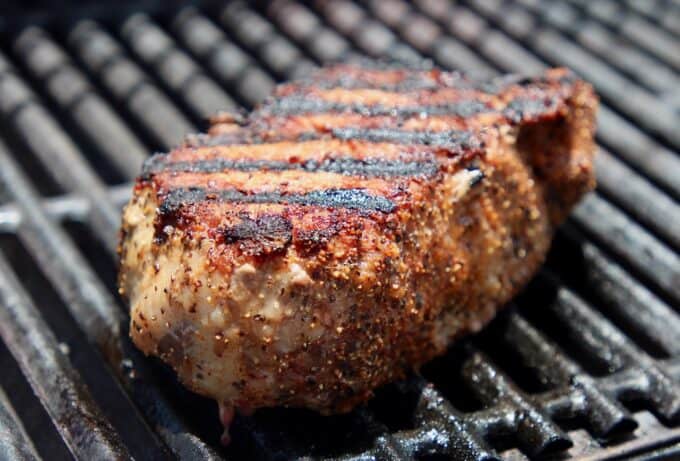
2. Start with a clean grill.
This will allow the flavor of whatever you’re cooking to shine through and not mix with flavors left behind from whatever you cooked last on the grill. It also helps prevent food from sticking to the grill.
I recommend cleaning the grill with a sturdy brush while it’s hot. When little bits left behind from your last grilling session heat up, they’re much easier to remove! To maintain a clean grill, I recommend cleaning the grill immediately after each use before turning off the heat.
Don’t have a grill brush? Use a balled up piece of foil to clean the grill. If cleaning when the grill is hot, hold the ball of foil with tongs to clean the grill and avoid burning your fingers!
3. Oil the grill grates.
This will help prevent lean meats from sticking to the grill. Since spraying cooking spray on a grill can cause flare-ups, I recommend against using it on the grill. Instead, pour oil on a paper towel, then use tongs to rub the oil on the grill grates.
If you want to avoid oil while cooking, place a piece of non-stick grill-safe foil on the grill and cook your food directly on the foil. Don’t worry, the food will still achieve the wonderful grill marks we all know and love!
For an interesting grill hack, cut a potato in half and rub the cut side of the potato on hot grill grates, this will make the grill naturally non-stick!
4. Don’t move food around and don’t open the lid on the grill!
Most foods only need to be flipped once during the cooking process. Moving the food around the grill while it cooks can cause food to be unevenly cooked and can add to the total cooking time.
Since you only need to flip your food once, outside of that one flip, the lid to your grill should stay down. This will help ensure the grill stays hot enough to sear your food, it speeds up the cooking time and prevents food from drying out. It also prevents flare-ups by limiting the oxygen coming into the grill.
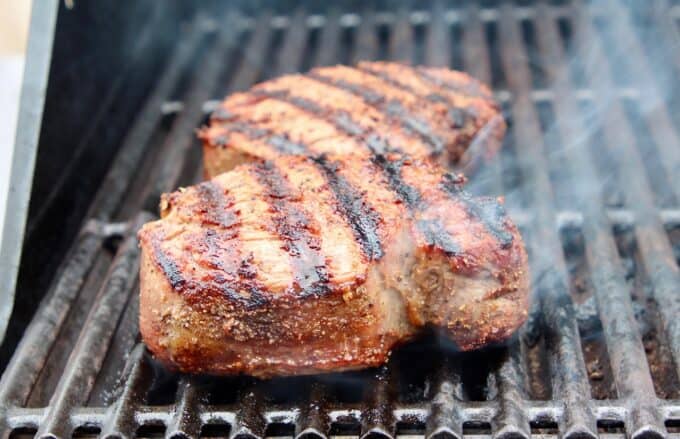
5. Use an instant-read meat thermometer to check for a safe and desired temperature.
Food safety is extremely important. You always want to make sure that food on the grill is cooked to a safe temperature. Use an instant read thermometer to make sure meat is cooked to the proper temperature on the grill.
- Rare Beef – 125°F
- Well Done Beef – 160°F
- Ground Beef Burgers – 160°F
- Pork – 145°F
- Chicken – 165°F
Remember that cooked meat will rise 5-10 degrees after you remove it from the grill, this is called carryover cooking, so take that into consideration when removing the meat from the grill.
6. Always let meat rest after removing it from the grill.
Depending on the meat, allow it to rest for at least 5-15 minutes before slicing into it. A large piece of meat, such as a tri tip will need more rest time than a smaller steak, like a tenderloin.
Resting the meat allows the juices to redistribute throughout the meat for a juicier, more tender piece of meat. I recommend tenting the meat with a piece of foil while it rests to keep the meat warm while the juices are redistributed.
7. Always follow these food safety guidelines.
Avoid cross contamination by using separate cutting boards and utensils for raw and cooked foods.
Always refrigerate meat while it’s marinating and never baste with the marinating liquid, unless it’s been boiled down to remove all of the bacteria from the uncooked meat.
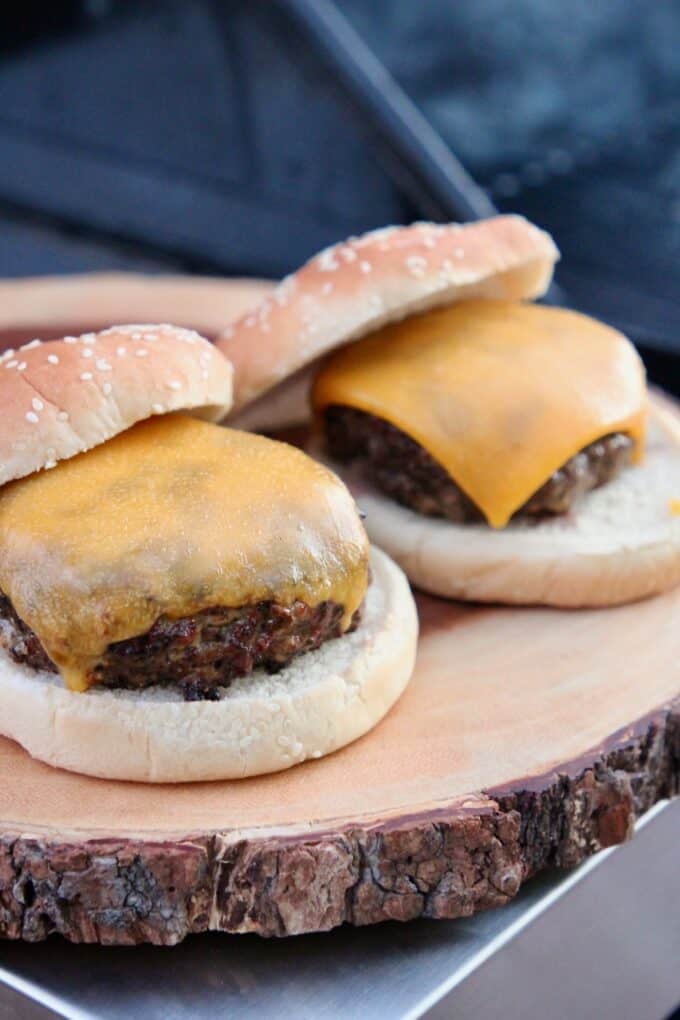
8. Use a grill basket.
For foods that might fall through the grates and cause flare-ups, use a grill basket. These are incredibly handy for grilling diced vegetables and fruit.
If the food going in the basket hasn’t already been tossed in oil, be sure to grease the basket before adding the food to prevent sticking.
9. Know whether to cook your foods directly or indirectly.
For smaller pieces of meat that take 20 minutes or less to cook, they should be grilled over direct heat, while large pieces of meat that take more than 20 minutes to cook should be grilled over indirect heat. A New York Strip should be cooked over direct heat, while ribs should be cooked with indirect heat.
So what does cooking with indirect heat exactly mean? It means that half of your grill will be heated, while the other half is not. The meat will sit on the side that is not heated and cook indirectly from the other side, which is heated.
The temperature of the grill should be around 350 degrees fahrenheit for indirect grilling. It’s extremely important not to open the grill more than once or twice while cooking indirectly. Opening the grill regularly can cool the indirect temperature down greatly and drastic changes in temperature throughout the cooking process can cause meat to dry out.
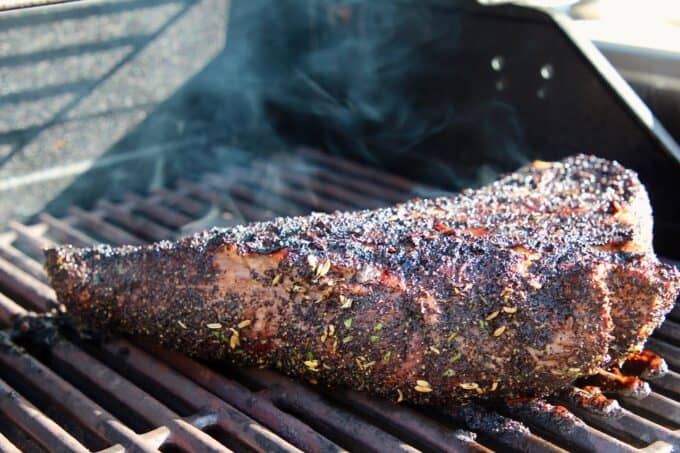
10. Add sauce to meat at the end of the grilling process.
If you plan to baste meat with a sauce or glaze, always do it in the last 5 minutes of cooking time, if the total cooking time is 30 minutes or less. And in the last 15 minutes of cooking time, if the total cooking time is over 30 minutes.
Adding a glaze or bbq sauce, especially one with sugar, too early in the cooking process can cause your meat to burn and stick to the grill.
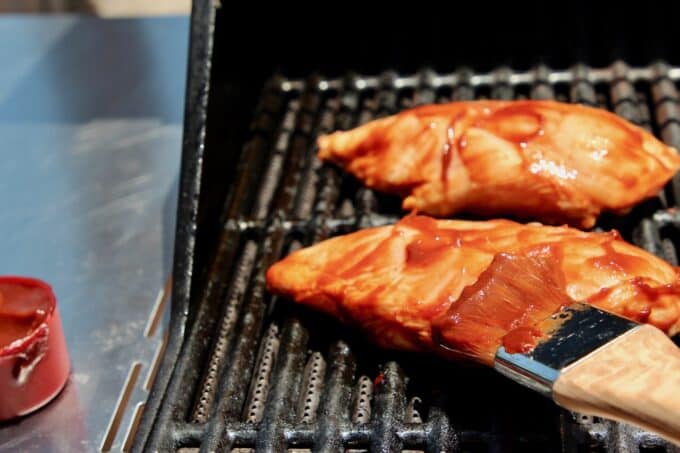
Bonus tips!
- Never flatten meat with a spatula when it’s on the grill. This will release all of the juicy flavor in the middle of the meat, creating a meat that’s less flavorful and juicy.
- Avoid putting cold foods on the grill. Letting meat come to temperature on the counter for 30 minutes will help it cook more evenly.
Now that you have all of the tips and tricks you need to master the grill, check out some of the best, easy recipes to grill!
More grilling resources
- How To Grill Steak Perfectly Every Time
- How to Start a Charcoal Grill
- How to Season a New Gas Grill
- How to Clean a Charcoal Grill
- How to Clean a Gas Grill
Questions and comments
Did you learn a new tip or trick for the grill? Tried out a new chicken or steak recipe on the grill? Still have grilling questions? Comment below and let me know!
We are a participant in the Amazon Services LLC Associates Program, an affiliate advertising program designed to provide a means for sites to earn advertising fees by advertising and linking to amazon.com.


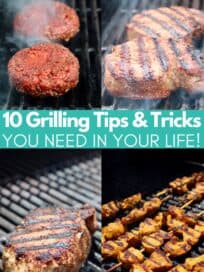
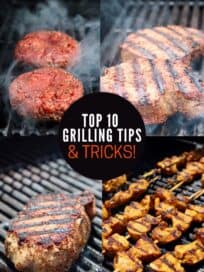
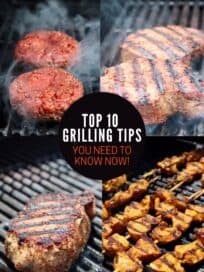
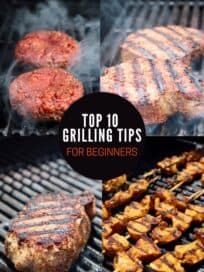
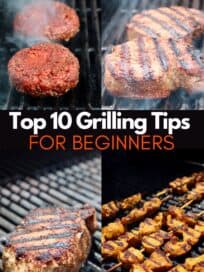
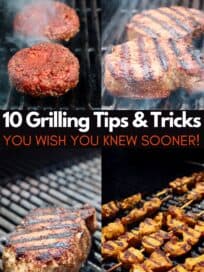
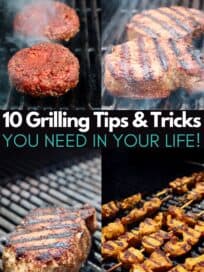
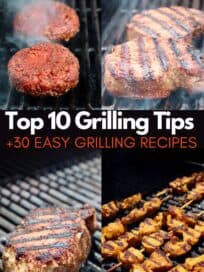
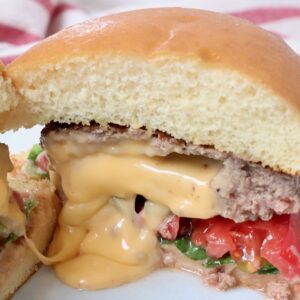
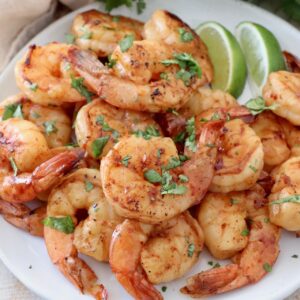
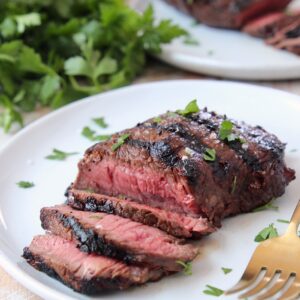
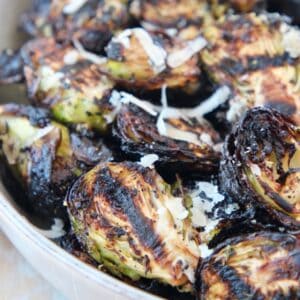
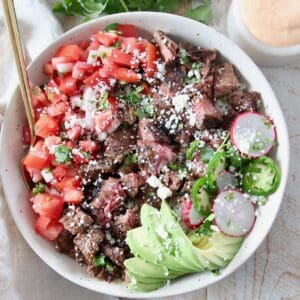
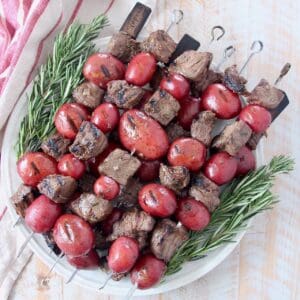
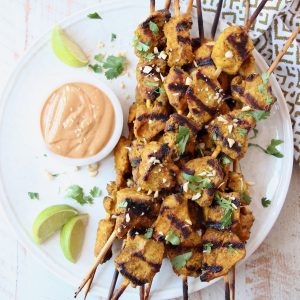
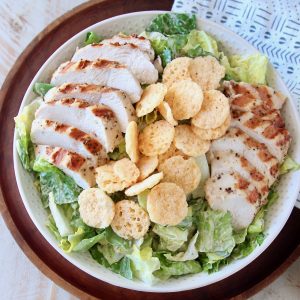
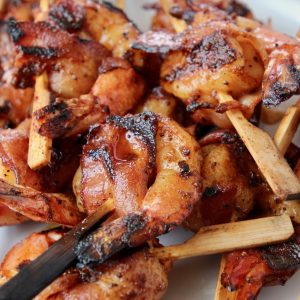
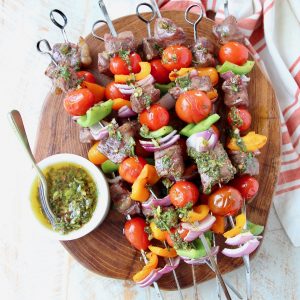
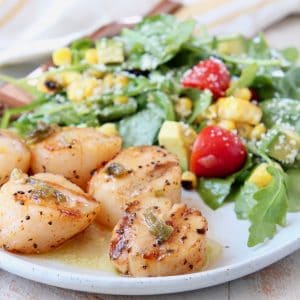
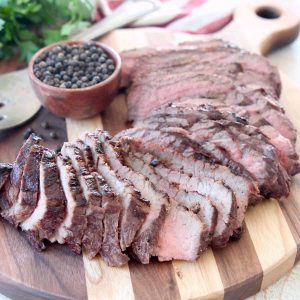
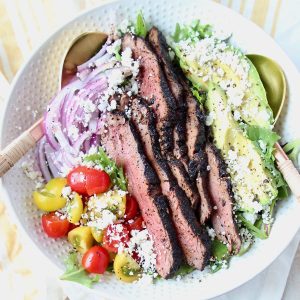
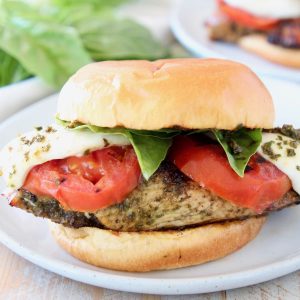
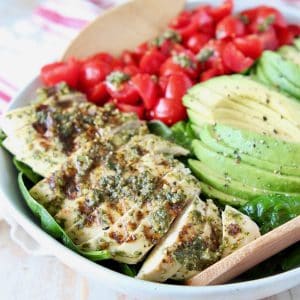
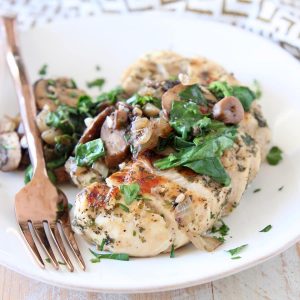
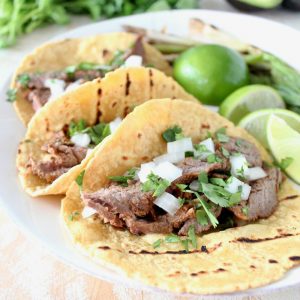
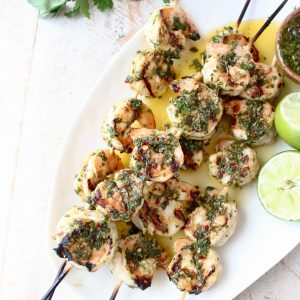
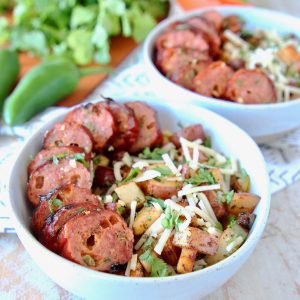
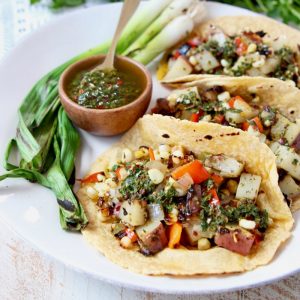
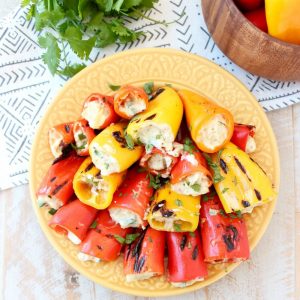
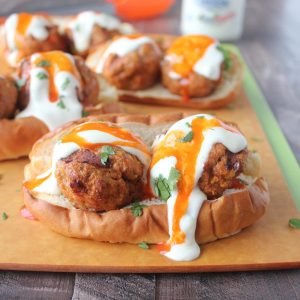
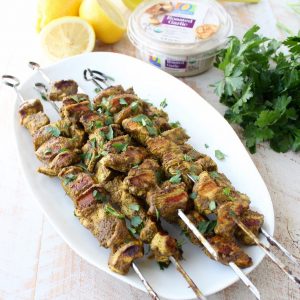
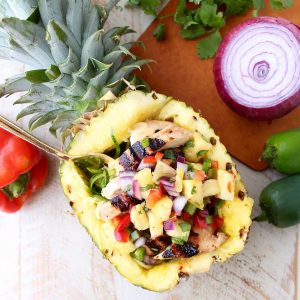
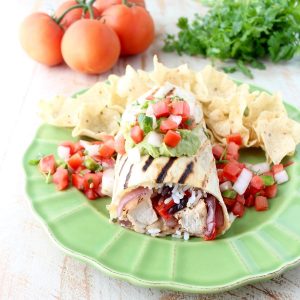
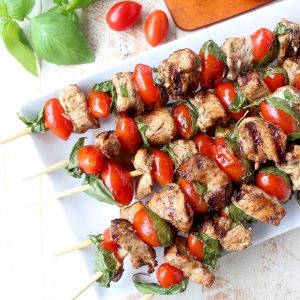
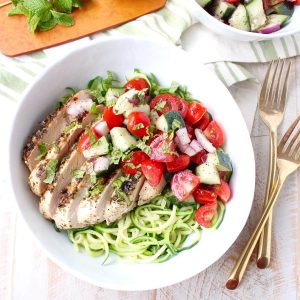
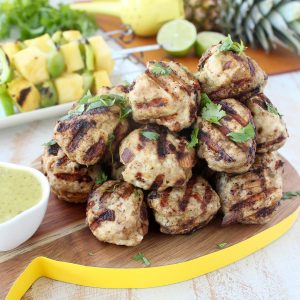
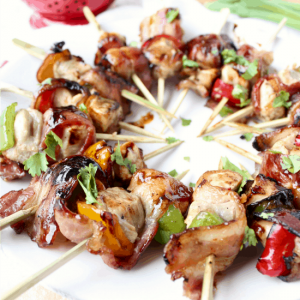
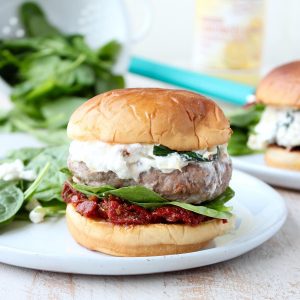
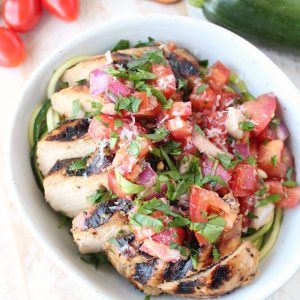
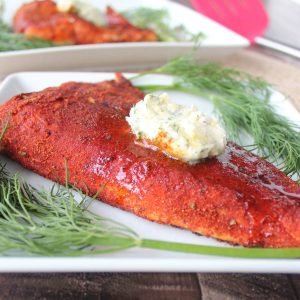

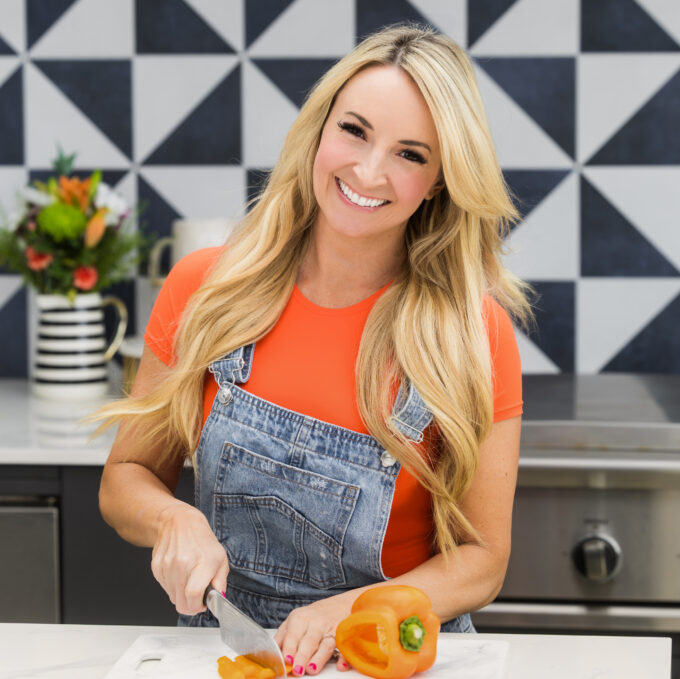
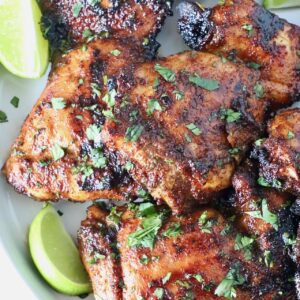
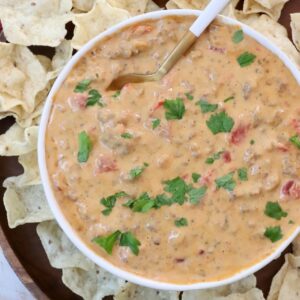
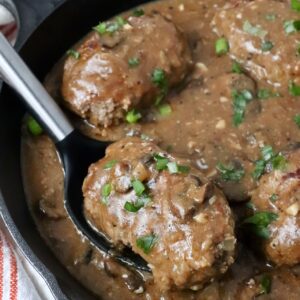
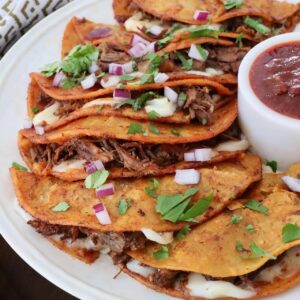
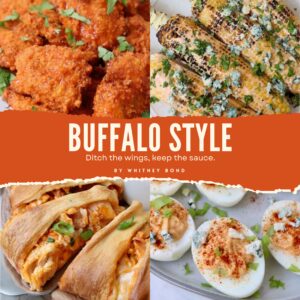

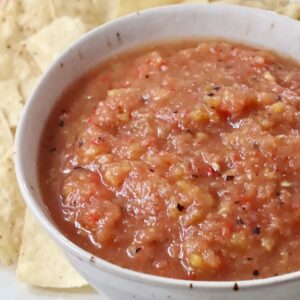
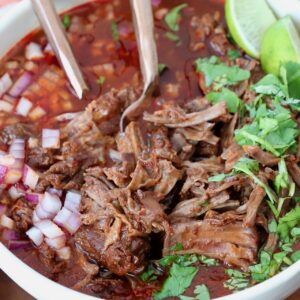

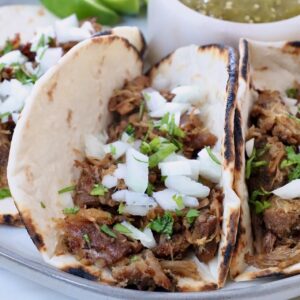

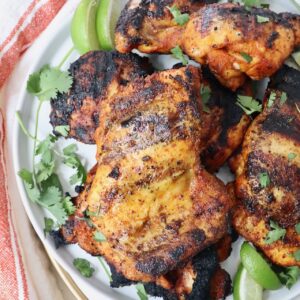
One Comment on “Top 10 Grilling Tips & Tricks”
Hey Whitney! 🌟
I just wanted to drop by and give you a big shoutout for your incredible grilling tips article! As a fellow grill enthusiast, I was thrilled to come across your post and couldn’t help but mention it in my recent blog post about grilling boneless chicken over at https://solvekitchenissue.com/how-to-grill-boneless-chicken/
Your tip about preheating the grill for at least 15 minutes with the lid closed has been a game-changer for me. I used to rush this step, but after following your advice, I’ve noticed a significant improvement in the sear and overall flavor of my meats. And let me tell you, my taste buds are loving it!
I also wanted to thank you for suggesting the use of a meat thermometer. It’s such a simple yet effective tool that ensures perfectly cooked, juicy cuts every time. Your expertise has truly revolutionized my grilling experience, and I can’t wait to explore more of your tips and tricks.
Once again, kudos to you for sharing your wisdom and passion for grilling. I’m excited to continue experimenting with your techniques and flavors on the grill. Keep up the fantastic work, and I’ll be eagerly awaiting your next grilling masterpiece!
Cheers